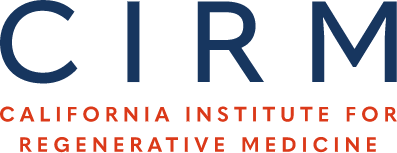Recruitment for the Phase 1 (safety) clinical trial, “Cellular Therapy for In Utero Repair of Myelomeningocele (also known as Spina Bifida) – The CuRe Trial (CuRe)” opened on 03/01/2021. Spina Bifida is a condition where the boney spine and spinal cord do not form normally during pregnancy, leaving the children born with paralysis, bowel and bladder dysfunction and other problems with brain development.
A Study Pages and Facebook information campaign was launched, which resulted in 34 total interested pregnant patients, over two and a half years. We have successfully enrolled seven patients in the Phase 1 safety clinical trial. Women whose fetuses had myelomeningocele and who were eligible for fetal surgery were enrolled in the trial. Each of those 7 women underwent fetal surgery at an average gestational age of 25 weeks. On the day of surgery, the mother’s abdomen and uterus were opened to expose the spinal cord defect of the fetus. The surgeon then placed a piece of the treatment product, which consists of specially made stem cells, derived from the placenta, that are seeded on a sheet of a commercially available spinal cord covering directly on the exposed spinal cord. The fetus’s adjacent tissue and skin were then sewn together over the top of the treatment product to help protect the spinal cord, prevent infection, and prevent a spinal cord fluid leak.
After surgery, the mothers underwent weekly ultrasound assessments to evaluate the health of their future baby until delivery. Childbirth then took place at an average gestational age of 35 weeks and was performed through cesarian section delivery. After birth, each child underwent various tests to determine the safety of the treatment product. These tests included a physical exam of the repair site to evaluate how the repair site healed, and if there was a spinal cord fluid leak. Additionally, each child underwent a post- birth MRI of the brain and spinal cord to look for the presence of any safety concerns associated with the treatment product.
After these tests were completed, the mothers and children returned to their homes and were monitored periodically through phone communication by the clinical research coordinator. At three months of life, each child then returned to UC Davis Health where they underwent motor function testing by child rehabilitation experts. Parents of the children were also requested to complete questionnaires on bowel and bladder function, and quality of life. Results of these assessments will be analyzed in the Phase 2a (efficacy) study of this clinical trial.
At one year of life, each child will return to UC Davis Health for a one-year follow-up appointment. During this appointment, each child will undergo several different tests to analyze bowel and bladder function, motor function capabilities, a spine x-ray to determine the exact spinal level of the defect and an MRI to assess safety of the treatment product one year after implantation. Currently, four of the seven patients have reached the one-year mark and have undergone these tests. Initial Safety data was evaluated by the Data Safety Monitoring Board and the FDA and determined to be safe to proceed with the Phase 2 portion of the study. The full set of safety data is being analyzed and prepared for publication.
The team has obtained funding from CIRM and Shriners Childrens to continue this clinical trial into Phase 2a. An additional 28 patients will be enrolled in the clinical trial over the course of the next three years. Each of these patients will undergo all of the same assessments that the first seven patients received. At the end of the 30-month timepoint for each patient, a final evaluation will be made to determine if the treatment product improved motor function outcomes for spina bifida patients who received the treatment product, compared to previous and other spina bifida patients who received fetal surgery but without the treatment product.



